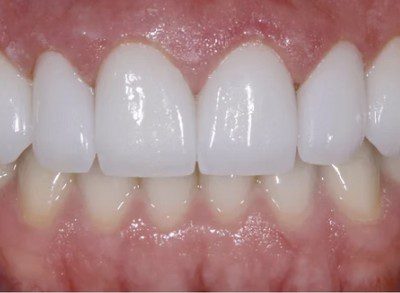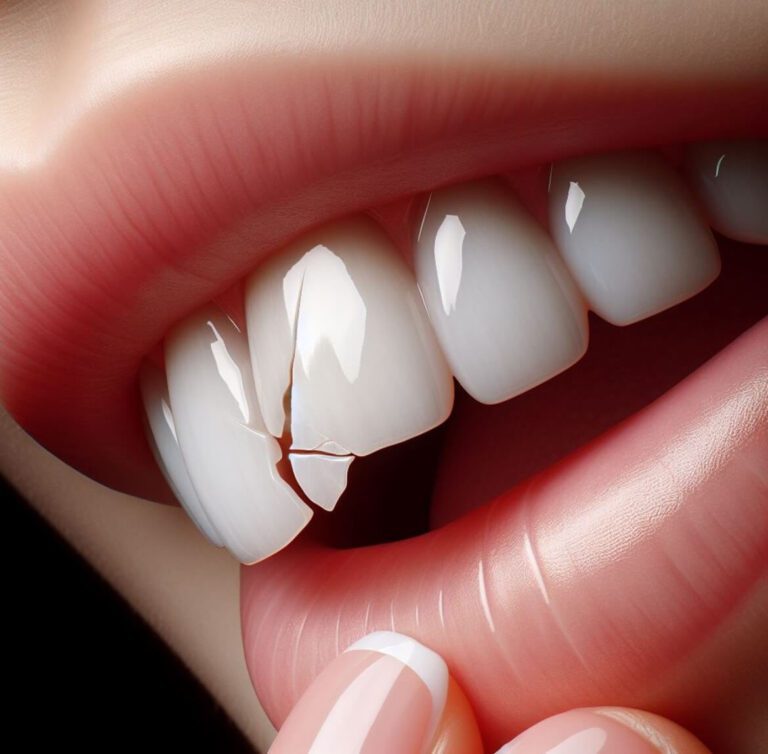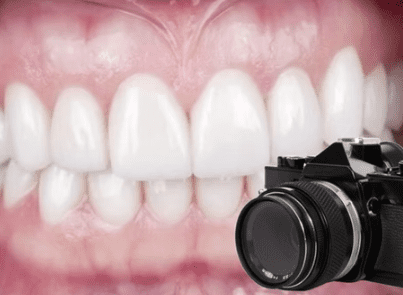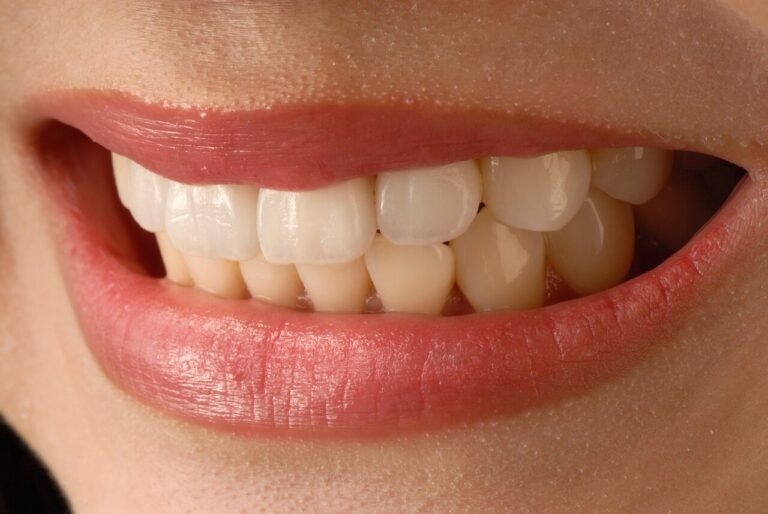Why Veneer Removal Isn’t as Simple as Social Media Makes It Look
With the rise of dental tourism and social media smile transformations, more patients are searching for ways to reverse their porcelain veneers.

Many come across videos claiming that lasers like Waterlase or ErYAG can effortlessly pop veneers off in seconds.
While laser technology has improved, this is not how laser veneer removal typically works in most cases.
Let’s break down the reality behind laser-assisted veneer removal, why it is not as simple as it looks, and what patients need to know.
What Is Waterlase
Waterlase is a laser system developed by BIOLASE that combines water, air, and laser energy to treat both soft and hard tissue with less heat and vibration than traditional drills. It is used in a variety of dental procedures, including some crown and veneer removals.
However, porcelain is a dense and highly reflective material. This makes laser penetration and full debonding difficult, especially when veneers are thick or bonded with certain types of cement.
How Lasers Work for Veneer Removal
Lasers like Waterlase and ErYAG are not designed to cut through porcelain. Instead, they aim to weaken the bonding resin underneath the veneer.

If the cement contains water or is thermally responsive, the laser can soften it enough to allow the veneer to be gently removed.
This approach can work, especially with newer materials and cements, but it is:
- Highly technique-sensitive
- Dependent on cement composition and veneer thickness
- Unpredictable
- Often still followed by rotary grinding tools
Why Some Veneers Seem to Pop Off in YouTube Videos
Many viral videos online show veneers being lifted off cleanly or popping off with almost no effort. These clips are usually not representative of normal cases.
They often involve:
- Veneers that were already failing
- Improper bonding or short-term cement
- Little or no tooth preparation underneath
- Aesthetic cases that were loosely applied for camera demonstration
Properly bonded veneers are meant to be permanent. Most removals — even with laser support — require time, precision, and careful technique.
Videos that show instant results often leave out the full clinical process and mislead viewers about how difficult and risky veneer reversal can be.
Lasers Can Help — But Not Always
Some dentists use lasers to loosen cement as a first step, but nearly all veneer removals still require mechanical tools to finish the process. In the right cases, laser assistance can reduce the need for heavy grinding and minimize damage. However, it is not a guaranteed or stand-alone solution.
Lasers are more consistently effective with crowns than thin veneers, and their success rate depends on the materials and methods used in the original veneer placement.
The Dangerous Myth of “Reversible” No-Prep Veneers
One of the most troubling trends in cosmetic dentistry is the idea that no-prep porcelain veneers can be safely removed with a laser, allowing patients to return to their natural teeth as if nothing happened.
This belief is often promoted in marketing or even by some dentists and it is extremely misleading.
Even no-prep veneers are bonded permanently to the enamel. While they may require less to zero initial drilling, they are not truly reversible.

Trying to remove them with a laser can damage the underlying tooth, cause sensitivity, or leave behind a rough surface that still needs further restoration.
Lasers cannot cleanly lift veneers off without risk, and the idea that they can “just be lasered off” is not supported by real clinical evidence.
This message gives patients a false sense of safety and can lead to regret when they learn their options are limited after bonding.
Do not assume that no-prep means no consequence.
Once porcelain is bonded, it becomes part of the tooth and reversal is not guaranteed, especially with laser tools. Believing otherwise can lead to serious long-term damage.
What You Should Know Before Veneer Removal
No, veneers do not just fall off with a laser. While laser-assisted veneer removal is an emerging technique, it does not apply to every case and is not as simple as it may appear online.
If you are considering veneer removal, ask your dentist:
- What type of cement was originally used
- Do they have laser equipment, and how often do they use it for removals
- What steps will they take to protect your natural tooth underneath
Conclusion
Laser tools like Waterlase offer promise in porcelain veneer removal, but they are not a magic solution. Proper veneer removal still often involves traditional grinding, and real clinical results vary greatly.
Online videos that show veneers popping off cleanly usually feature failed or improperly bonded cases. In most situations, veneer reversal is a complex, technique-sensitive process that requires experience, caution, and sometimes a mix of laser and mechanical tools.
If you are thinking about removing veneers, focus on accuracy and safety — not social media shortcuts.
Disclaimer: This content is for informational purposes only and does not constitute medical or dental advice. Always consult with a licensed dental professional before making decisions about your oral health.
If you have questions about this article, need help understanding your options, or want to know what to ask during a consultation, we’re here to help. Just leave us a message — even a quick question like:
- “Do you know any qualified dentists who offer enhanced composite resin veneers?”
- “How do I know if this is right for me?”
- “What are the typical costs among providers for enhanced composite resin veneers?”
- “What should I ask my dentist before starting treatment?”
- “Is there a way to tell if my teeth are healthy enough for this type of veneer?”
- “What’s the difference between traditional bonding and enhanced composite resin?”
Every person’s case is unique, and while we’ll do our best to answer your questions and share helpful insights, always consult a licensed dental professional before making any treatment decisions.





